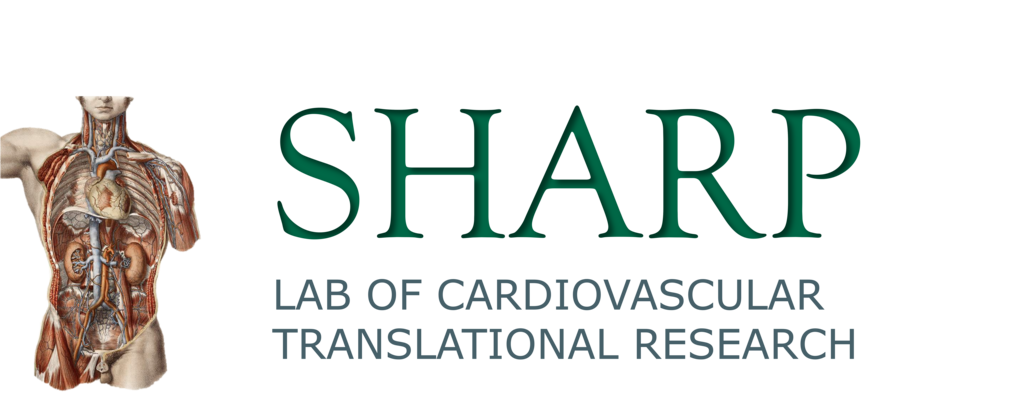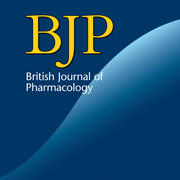Abstract
Background and Purpose
Sodium glucose cotransporter 2 inhibitors (SGLT2i) have emerged as a potent therapy for heart failure with preserved ejection fraction (HFpEF). Hydrogen sulphide (H2S), a well-studied cardioprotective agent, could be beneficial in HFpEF. SGLT2i monotherapy and combination therapy involving an SGLT2i and H2S donor in two preclinical models of cardiometabolic HFpEF was investigated.
Experimental Approach
Nine-week-old C57BL/6N mice received L-NAME and a 60% high fat diet for five weeks. Mice were then randomized to either control, SGLT2i monotherapy or SGLT2i and H2S donor, SG1002, for five additional weeks. Ten-week-old ZSF1 obese rats were randomized to control, SGLT2i or SGLT2i and SG1002 for 8 weeks. SG1002 monotherapy was investigated in additional animals. Cardiac function (echocardiography and haemodynamics), exercise capacity, glucose handling and multiorgan pathology were monitored during experimental protocols.
Key Results
SGLT2i treatment improved E/e′ ratio and treadmill exercise in both models. Combination therapy afforded increases in cardiovascular sulphur bioavailability that coincided with improved left end-diastolic function (E/e′ ratio), exercise capacity, metabolic state, cardiorenal fibrosis, and hepatic steatosis. Follow-up studies with SG1002 monotherapy revealed improvements in diastolic function, exercise capacity and multiorgan histopathology.
Conclusions and Implications
SGLT2i monotherapy remediated pathological complications exhibited by two well-established HFpEF models. Adjunctive H2S therapy resulted in further improvements of cardiometabolic perturbations beyond SGLT2i monotherapy. Follow-up SG1002 monotherapy studies inferred an improved phenotype with combination therapy beyond either monotherapy. These data demonstrate the differing effects of SGLT2i and H2S therapy while also revealing the superior efficacy of the combination therapy in cardiometabolic HFpEF.


